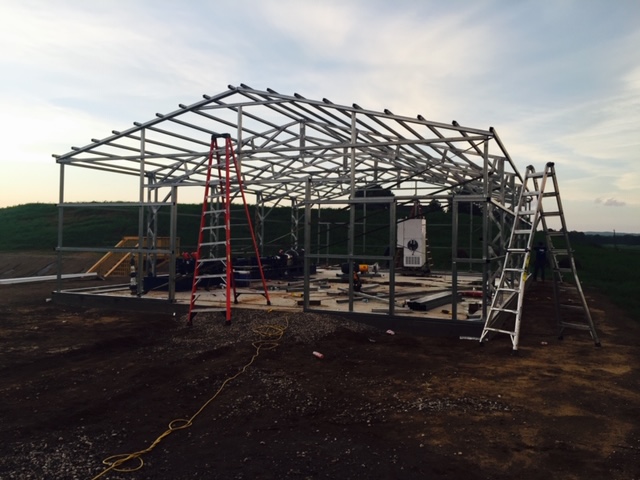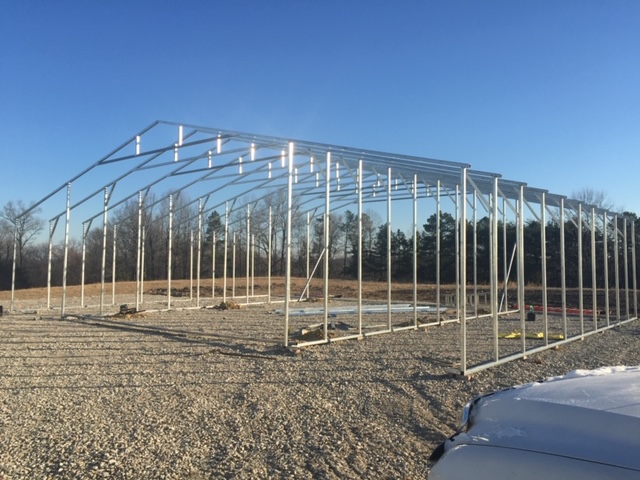
Steels are durable and robust compared to other materials. And building a steel structure made of it offers benefits that will materialize if it is strengthened enough against factors to which it is susceptible and vulnerable.
Reasons to do it immediately
Steel structures can be bridges, buildings, and other large-scale constructions practically; these should be strong to withstand the forces and loads imposed on them from external sources. Here are a few more reasons why it’s worth strengthening a steel structure:
- Steel is fire resistant – it is an ideal material to use when building structures near flammable materials.
- It has a high strength-to-weight ratio that can be both strong and light.
- Steel structures are also more resistant to extreme weather events than other materials.
- Steel is easy to mold into any shape, allowing a builder to create different types of structures with the same material.
- Steel is economical compared to other materials, making it a cost-effective choice for construction projects.
- Steel is also highly recyclable. It is reusable in different projects or melts down to create new metal products.
- Steel structures are more energy efficient than other materials, making them an environmentally friendly option for construction projects.
- Steel has a long lifespan and does not require much maintenance or repairs. Learn how long does a steel last.
- Steel is a strong material that can handle extreme weights. It is a choice for large structures such as bridges and skyscrapers.
What to do next?
To ensure that these steel structures are up to the task, it is must take a variety of measures, such as the following:
Use higher-grade steels – Typically, higher-grade steel materials are made with specific alloy combinations that give them superior strength and corrosion resistance properties. Higher-grade steels also have the following features:
- Tend to have a smoother and shinier finish than lower grades.
- It may feel heavier in your hand due to its superior strength properties.
- Have less surface rust or corrosion than lower grade steels.
- They may have a higher price tag associated with them. It is because they are more expensive and require more specialized manufacturing processes.
- Check the structure’s design to see if it complies with applicable code requirements.
- Inspect steel components for any signs of damage or corrosion that could reduce the load-carrying capacity of the structure.
- Consider the local conditions and loading configurations when assessing a structure’s capacity for carrying dead and live loads.
- Conduct periodic inspections throughout the life of a steel structure. It helps to identify any changes that could affect its carrying capacity.

Following these steps and consulting experts in steel can ensure a structure is well-built and stout. Lastly, it is critical to remember that different steel structures are available, from light-duty to heavier-duty. Learn the difference and wisely choose a steel structure for a specific project.
Place stiffeners and reinforcements – Most steel structures provide stability during natural disasters. However, terrible earthquakes and hurricanes can wreak havoc if it is not strong enough. To ensure a steel structure capacity, better apply stiffeners and reinforcement so the components are firmly attached and bonded.
Welding properly – Welding properly is essential to building strong steel structures. It provides a secure joint that can hold the pieces together and allow them to bear any weight or strain placed upon them. Welding is also necessary for attaching other materials, such as aluminum and fiberglass.
Check the load-carrying capacity of the structure – Here are ways to improve it before, during, and after the construction.
